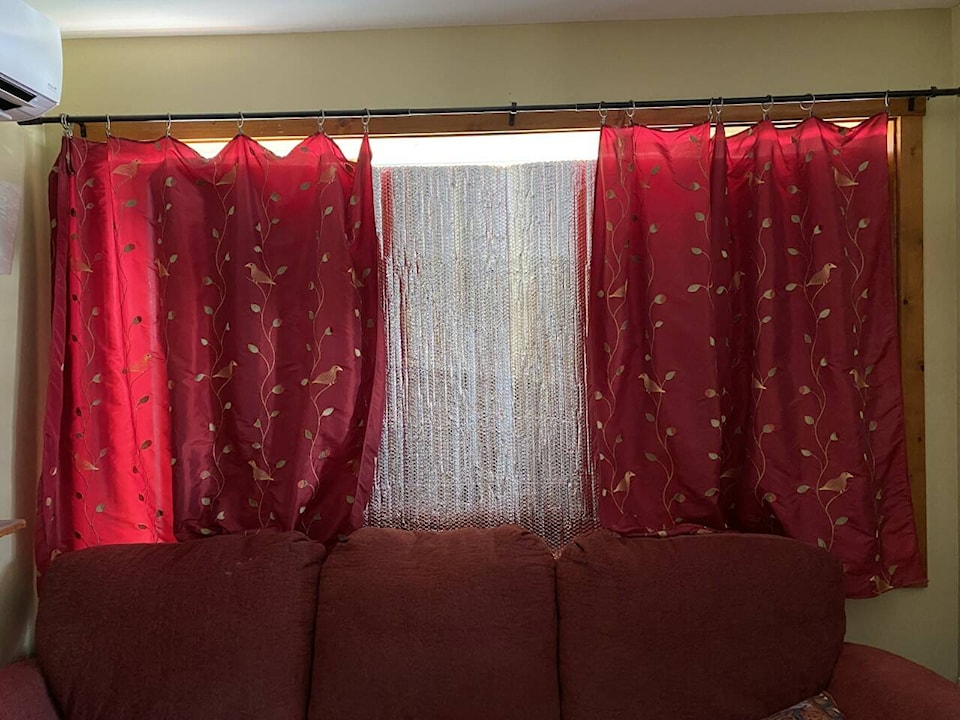Laura Stovel
Contributor
After a long, rainy spring the sunshine of summer can be a cheerful sight.
But when temperatures rise too high, as they did during the heat dome last year, the result can be anything but pleasant for those living without air conditioning and in poorly insulated housing.
For seniors, those with medical challenges and those living in poor housing conditions, high temperatures for prolonged periods can be outright dangerous.
According to the recently released report to B.C.’s Chief Coroner, Extreme Heat and Human Mortality: A Review of Heat-Related Deaths in BC in 2021, more than 619 people died in B.C. as a result of last year’s June 25 to July 1 heat wave including one person in or near Revelstoke. More than one-third died on a single day – June 29.
Ninety-eight per cent of them were indoors when they died, 67 per cent were aged 70 or older, and 56 per cent lived alone.
With plenty of greenery and less concrete than in most large cities, Revelstoke stays comparatively cooler but even one death is too many. The good news is that we can take steps to keep ourselves, our friends and neighbours and our pets safe. Here are some tips:
Plan ahead:
• Prepare to cool your home: Do you have fans, air conditioning and/or window coverings?Fans can be helpful but they are not enough to keep you cool. Consider dampening your clothes or sheets to help create evaporative cooling. Fans can bring cool air indoors or push hot air out during late evening and early morning hours. Window coverings, especially reflective coverings can have a dramatic cooling effect.
Several metres of reflective foil-covered bubble wrap insulation, available at most hardware stores, is very effective and can be moved from window to window. An indoor thermometer will help you monitor the heat in your home. The Community Response Network has a few fans, thermometers and some reflective insulating foil that can be loaned out. Please call 250-814-8971 for more information.
• Identify cool spaces: These may be in your home, perhaps a basement or lower floor. Consider how you might modify that space so you can sleep and spend time there. If you don’t have a space in your home, think of cool places in the community where you can go. The Revelstoke Community Centre, the library or places like museums, the cinema, stores, a friend’s home or shady spaces outside are possibilities. What will you bring with you to keep you comfortable in that space for a prolonged period? How will you get there? Do you have a cooling plan for pets? The Revelstoke Community Centre, located at 600 Connaught Ave., will operate as a cooling centre during an extreme heat event, defined as two or more consecutive days of 35 C and nighttime temperatures of 18 C or more.
• Create a buddy system: If you live in an air-conditioned or cool home, identify friends or acquaintances who may be at risk and invite them to your home or volunteer to drive them to a cooling centre. If you live in a hot space, can you identify a buddy in a cool home who you can visit, stay with or who can drive you to a cool place if you don’t have a car?
• Prepare cold meals or meals that can be microwaved so you don’t have to cook.
Keep an eye on the weather forecast:
• Know where to find information: The City of Revelstoke’s Alert Centre, accessible through its website home page is a good place to start – see https://revelstoke.ca/AlertCenter.aspx. The city is also advising residents through local media during a heat event.
• Drink plenty of liquids, especially water, before you feel thirsty: Thirst is not a good indicator of dehydration. Limit alcohol and caffeine.
• Cool your body: Wear a damp shirt or have damp towels ready to promote cooling. A cold shower or bath, placing your feet in cold water or having a spray bottle filled with water also helps.
• Activate your cooling plan by going to a cool space or reaching out to your buddy or other support people to get you there.
• Caregivers or heat buddies should check on vulnerable friends/family several times a day, especially in the evening.
• Monitor the indoor temperature: Temperatures of 26 to 31 C may pose risk to the most vulnerable people. Sustained exposure to temperatures over 31 C should be avoided by vulnerable populations whenever possible.
Keep pets cool:
• If possible, keep your pet in a cool, well-ventilated place: Pets don’t have the same temperature regulation that humans have.
• Never leave pets in vehicles or in direct sunlight on a hot day.
• Avoid exercising your pet at the hottest time of the day: Exercise should be in shady, green spaces, ideally with water nearby. Avoid walking your pet on asphalt in the heat.
• Keep your pet well hydrated.
• Watch for signs of stress: These include excessive panting or drooling, vomiting, diarrhea, weakness, sudden collapse or seizures. Act quickly by getting your dog to a cool place and calling the vet if you see these signs.
Laura Stovel is the Community Response Network coordinator, an organization that supports vulnerable adults in Revelstoke. She can be reached at revycrn@gmail.com.
READ MORE: Canadian Pacific Railway expands in Revelstoke, new employee housing underway
READ MORE: Air support aiding in battle against Glacier Park wildfire
@josh_piercey
josh.piercey@revelstokereview.com
Like us on Facebook and follow us on Twitter.
